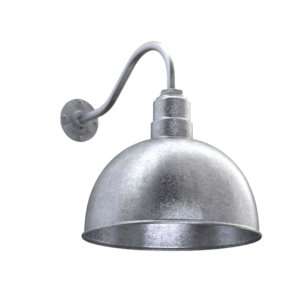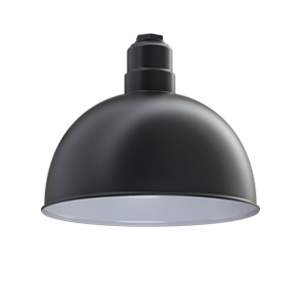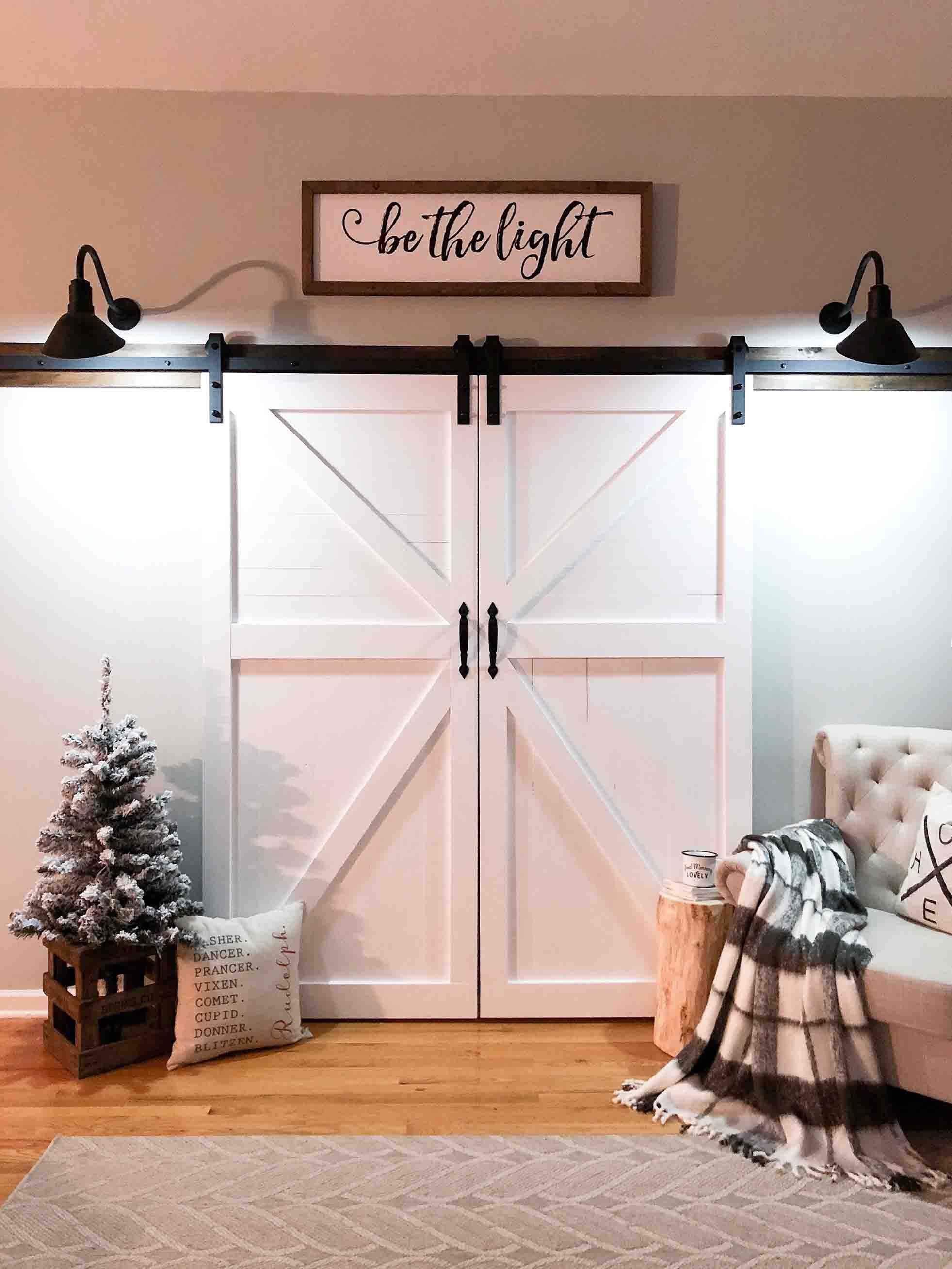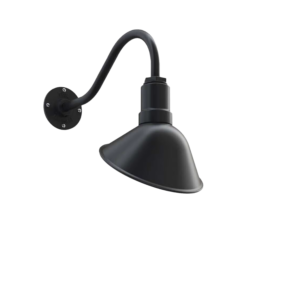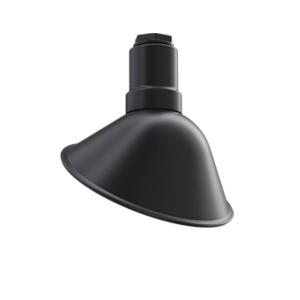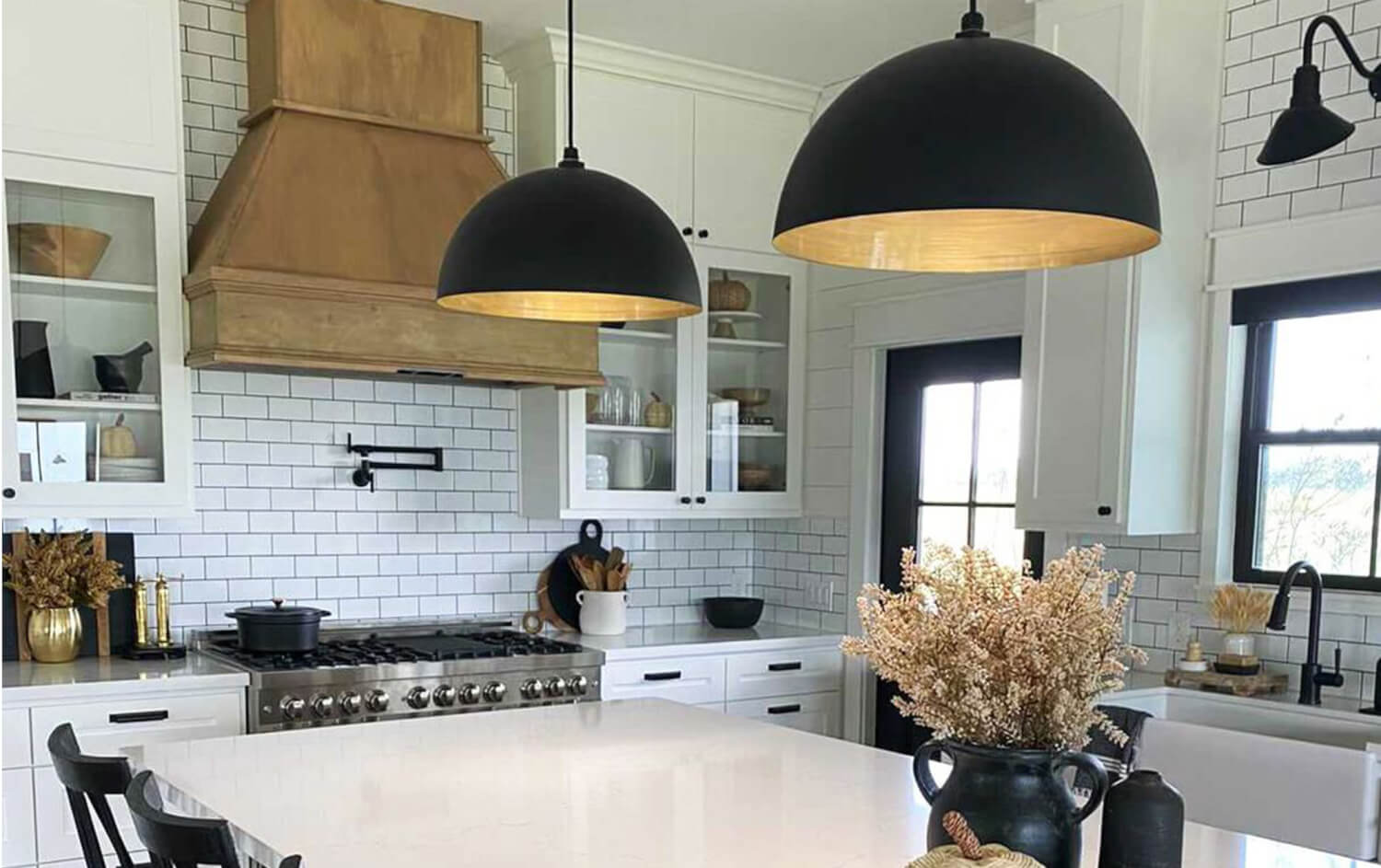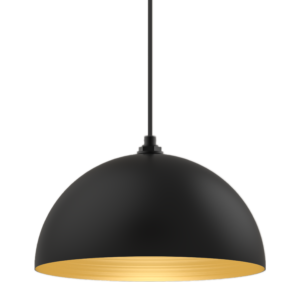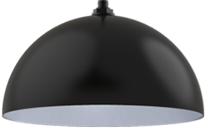The next time you go shopping for light bulbs, look at the packaging. You should see plenty of FTC-required information for each bulb. Brightness, energy cost per year, and level of warmth or coolness on the Kelvin scale are all required on the packaging.
Brightness and cost are important factors when choosing a bulb, but another essential question to ask is warm light vs. cool light. The color temperature of your lights has a tremendous impact on many aspects of daily life! Therefore, depending on the room, the wrong temperature of illumination can have a negative effect on your health.
With that in mind, here is a lighting shopper’s guide to selecting color temperature.
The Basics About Color Temperature
Often, we think of lighting and light bulbs in terms of wattage or lumens. Watts are the measurement of the power through the bulb. And lumens are measurements of the light’s brightness. While these measurements are completely valid, they don’t tell us what we need to know about color temperature.
When discussing the temperature and resulting color, we use a measurement called Kelvin (K). These are based on the Kelvin scale of temperature measurement. Unlike other scales, Kelvin begins at 0, also known as Absolute 0. This is the coldest possible temperature under (normal) universal circumstances. There are no negative temperature measurements. This is important in understanding the temperature of warm and cool light.
Light temperatures begin much higher than Absolute 0. For example:
1. Candlelight is 1,900 K
2. Direct sunlight is 4,800 K
3. A pure blue sky is 10,000 K
With this knowledge, one can maximize the lighting of their home or office to provide the best benefits. For example, sunlight is high in blue light, which suppresses melatonin and helps keep you awake. So, blue light, also known as cool light, is excellent for daytime illumination and areas where alertness is needed. This can include offices, study rooms, or kitchens during meal preparation.
Warm lighting is perfect for relaxation and comfort. Bedrooms and living rooms are thus ideal locations for warm lighting.
It is important to note a unique distinction. Warm light is lower on the Kelvin scale than cool light. The warm and cool refer to the color of the spectrum emitted by the light source. Warm lighting starts at around 1,900 K, and goes to approximately 6,000 K. At this point, lightwaves are shorter and at the blue end of the spectrum. The closer to blue, the higher the temperature, and the “cooler” the color.
How to Maximize Color Temperature Throughout the House
Different temperature colors of lighting can affect your mood, productivity, and even your energy. Just as your mind reacts to different colors, the same is true with the color temperature of your lighting.
An office illuminated with warm, yellow-spectrum light will decrease productivity. It could even lead to drowsiness. Likewise, a bedroom with cool lighting will interfere with sleeping, and reduce your ability to relax.
With that in mind, it is important to use a range of color temperatures throughout your home or office. Other factors, such as the size of the room or other specific light needs, can also be taken into account. Color temperature is independent of these other factors. However, it should work with such considerations to achieve the ideal lighting.
To best determine which temperature should go where, remember these details:
- Warm lighting is soft and relaxing.
- Warm lighting is inviting and enhances comfort.
- Cool lighting is sharp and clean.
- Cool lighting promotes energy and awareness.
With those details in mind, you can use variable color temperatures throughout the home or office for maximum control. Warm light should be kept in areas of relaxation and calm, such as bedrooms, living rooms, and leisure reading areas. Consider the light from a candle or fireplace, which are both on the warm spectrum and conducive to relaxation.
You can also use warm lighting in outdoor areas. Warm outdoor lights should be used for mood and scene enhancement. Patio lights are often warm to keep a gentle glow without heavy light pollution. As well, warm path lights can provide unobtrusive walkway illumination.
Cool lighting should be confined to areas of activity. For example, bathrooms and kitchens are great for cool lighting to reduce eye strain while preparing food or cleaning up. Cool lighting also provides more clarity and detail, which is needed when preparing to go out for the day.
Outdoor lighting for pure illumination should also be cool. Floodlights and motion-activated lighting need to be cool to provide unobscured illumination. Some lights, such as dusk to dawn lights, will activate with the appropriate color temperature depending on the sensed light level.
How Do Bulb Types Affect Color Temperature?
When shopping for bulbs, different styles will produce different ranges of temperatures. Aside from temperature, one must also consider use, lifespan, and energy costs when choosing a bulb.
Modern LED bulbs are typically some of the best all-around bulbs. They use a small amount of energy, and many are now available as smart lights. These allow you to program the displayed color through an app for a full range of colors. Others, like halogen bulbs, are great for outdoor settings, like instant-illuminated floodlights. They only last for up to a year, though, and they use more electricity than other lights.
Other common bulbs include:
Incandescent bulbs: Emit soft, white light (slightly warm to middle of the spectrum). These are the standard household bulbs that were popular before LEDs.
Fluorescent bulbs: Glass tubes of vacuum-sealed gases. These bulbs are common in offices and other workspaces. They emit soft-to-bright white light or even cooler daylight-temperature lighting.
Filament-style bulbs: Modeled after vintage bulbs. Filament-style bulbs are typically LEDs that produce an amber-orange hue. These produce very warm spectrum lighting that is suitable for a comfortable, antique mood.
With all these considerations, it can be a bit overwhelming when deciding which bulb to buy. To make it easy, first determine what you need from the space you are illuminating: comfort vs. productivity. Consider any special bulb needs, such as the size and lighting apparatus needed for a fluorescent bulb.
Finally, take into account the cost and versatility of the bulb. LEDs are cheap to buy and power. As well, many can produce a range of colors to suit any need. Incandescent bulbs are highly inefficient and will need to be replaced more often than other bulbs.
Final Thoughts
When you’re ready to start your next lighting project, remember to consider the color temperature of the bulbs you buy. Proper lighting is much more than purchasing a bulb and plugging it in. To ensure your home’s optimum health and mood, some thought and planning must be done before buying.
Whatever bulb or lighting fixture you go with, ensure that the temperature of the bulb will match the location. Warm lights are great for bedrooms and living rooms, enhancing calm and comfort. Cool lighting is excellent for more functional spaces, such as offices and other workspaces. As lighting technology continues to advance, many bulbs will be available to adapt and change with your personal needs.
Now that you’ve been illuminated on the importance of color temperature, get out there and find your perfect bulb.

